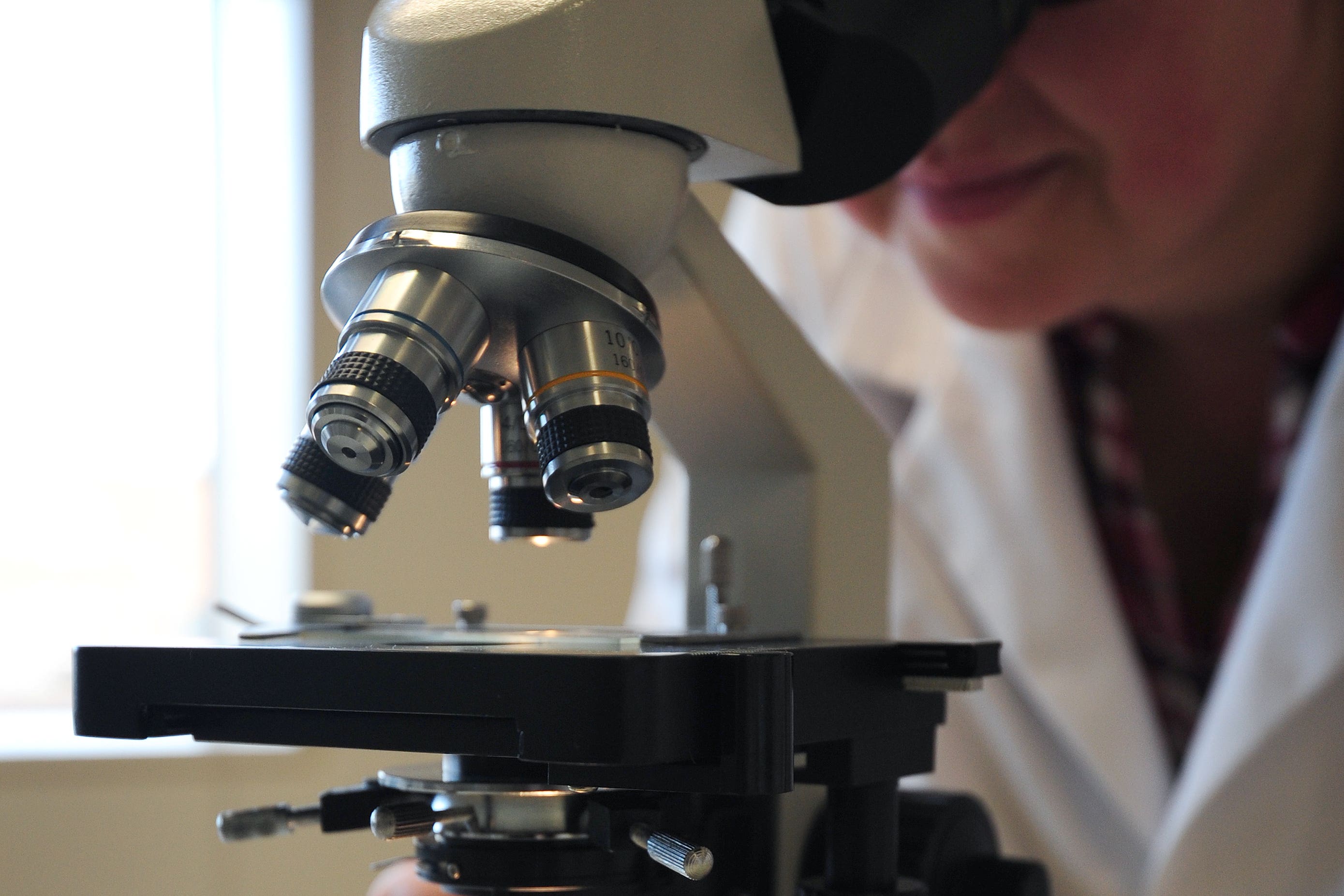Scientists uncover genes that gave humans the ability to walk upright
Researchers also identified the variants associated with arthritis.

Your support helps us to tell the story
From reproductive rights to climate change to Big Tech, The Independent is on the ground when the story is developing. Whether it's investigating the financials of Elon Musk's pro-Trump PAC or producing our latest documentary, 'The A Word', which shines a light on the American women fighting for reproductive rights, we know how important it is to parse out the facts from the messaging.
At such a critical moment in US history, we need reporters on the ground. Your donation allows us to keep sending journalists to speak to both sides of the story.
The Independent is trusted by Americans across the entire political spectrum. And unlike many other quality news outlets, we choose not to lock Americans out of our reporting and analysis with paywalls. We believe quality journalism should be available to everyone, paid for by those who can afford it.
Your support makes all the difference.Scientists have uncovered the genes that gave humans the ability to stand and walk upright around six million years ago.
These genes are believed to have shaped the human skeleton for tens of thousands of years, “from the width of our shoulders to the length of our legs”, according to the researchers.
In their research, published in the journal Science, the team also pinpointed the variants – permanent changes in the DNA sequence – associated with arthritis, potentially opening the door to a future where doctors can better predict a patient’s risk of developing the condition.
Tarjinder Singh, assistant professor of computational and statistical genomics at the Columbia University Vagelos College of Physicians and Surgeons and a co-leader of the study, said: “On a more practical level, we’ve also identified genetic variants and skeletal features that are associated with hip, knee and back arthritis, the leading causes of adult disability in the United States.”
The ability to walk upright on two legs, known as bipedalism, is one of humanity’s defining physical features.
Bipedalism is thought to have made early humans more adaptable to diverse environments while also freeing their hands to make tools.
Researchers from the universities of Columbia and Texas wanted to find out more about genetic changes that made it possible for early humans to transition from knuckle-based scampering, like apes, to upright walking.
What we're seeing is the first genomic evidence that there was selective pressure on genetic variants that affect skeletal proportions, enabling a transition from knuckle-based walking to bipedalism
They also wanted to investigate if these changes also came at the cost, such as increasing the risk of conditions such as arthritis, which causes pain and inflammation in joints.
For the study, the researchers analysed more than 31,000 full-body X-rays from the UK Biobank, an online database of medical and lifestyle records from more than half a million Britons.
The team then used an approach known as genome-wide association studies, in which scientists identify genes linked to a particular condition or trait, to pinpoint areas in the genome, the complete set of DNA, associated with the human skeleton.
The researchers said they found 145 points in the genome that control skeletal proportions.
Vagheesh Narasimhan, an assistant professor of integrative biology at the University of Texas in Austin, US, said: “What we’re seeing is the first genomic evidence that there was selective pressure on genetic variants that affect skeletal proportions, enabling a transition from knuckle-based walking to bipedalism.”
The researchers also found people with a higher ratio of hip width to height were more likely to develop osteoarthritis and pain in their hips.
Similarly, people with higher ratios of thigh bone length to height were more likely to develop arthritis in their knees, knee pain and other knee problems.
Meanwhile, the team said, people with a higher ratio of torso length to height were more likely to develop back pain.
Eucharist Kun, a biochemistry graduate student at the University of Texas in Austin and lead author on the paper, said: “These disorders develop from biomechanical stresses on the joints over a lifetime.
“Skeletal proportions affect everything from our gait to how we sit, and it makes sense that they are risk factors in these disorders.”